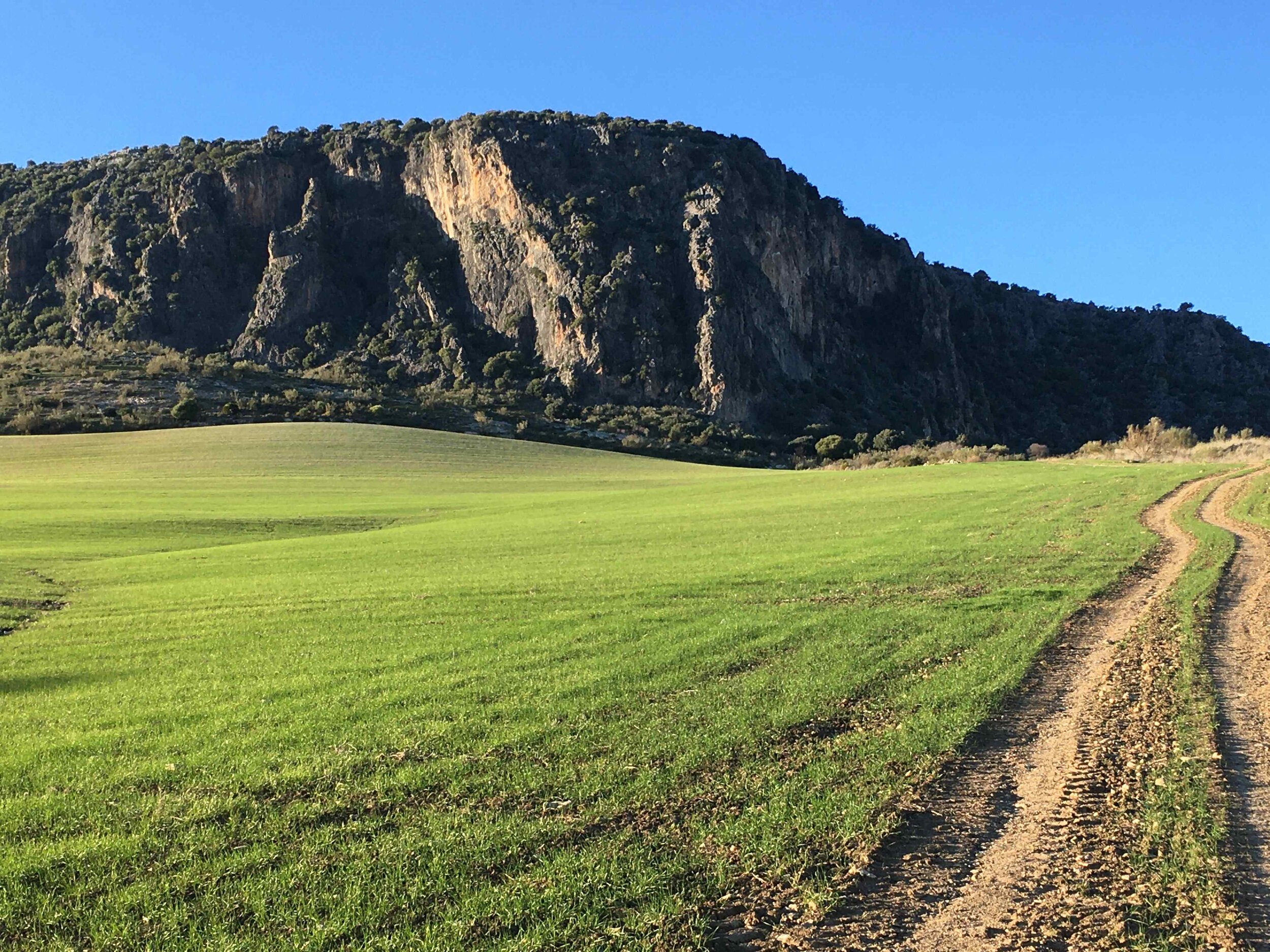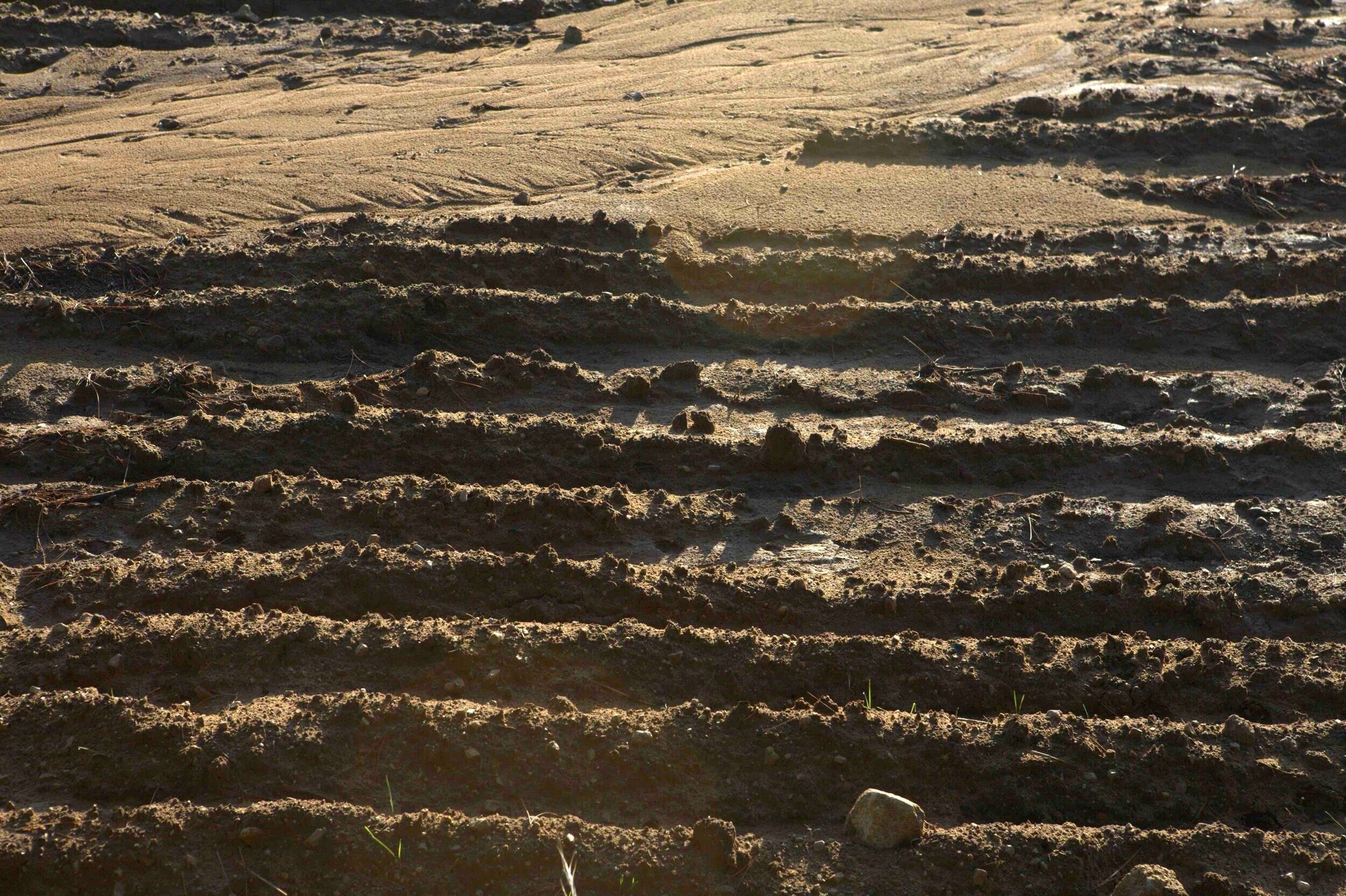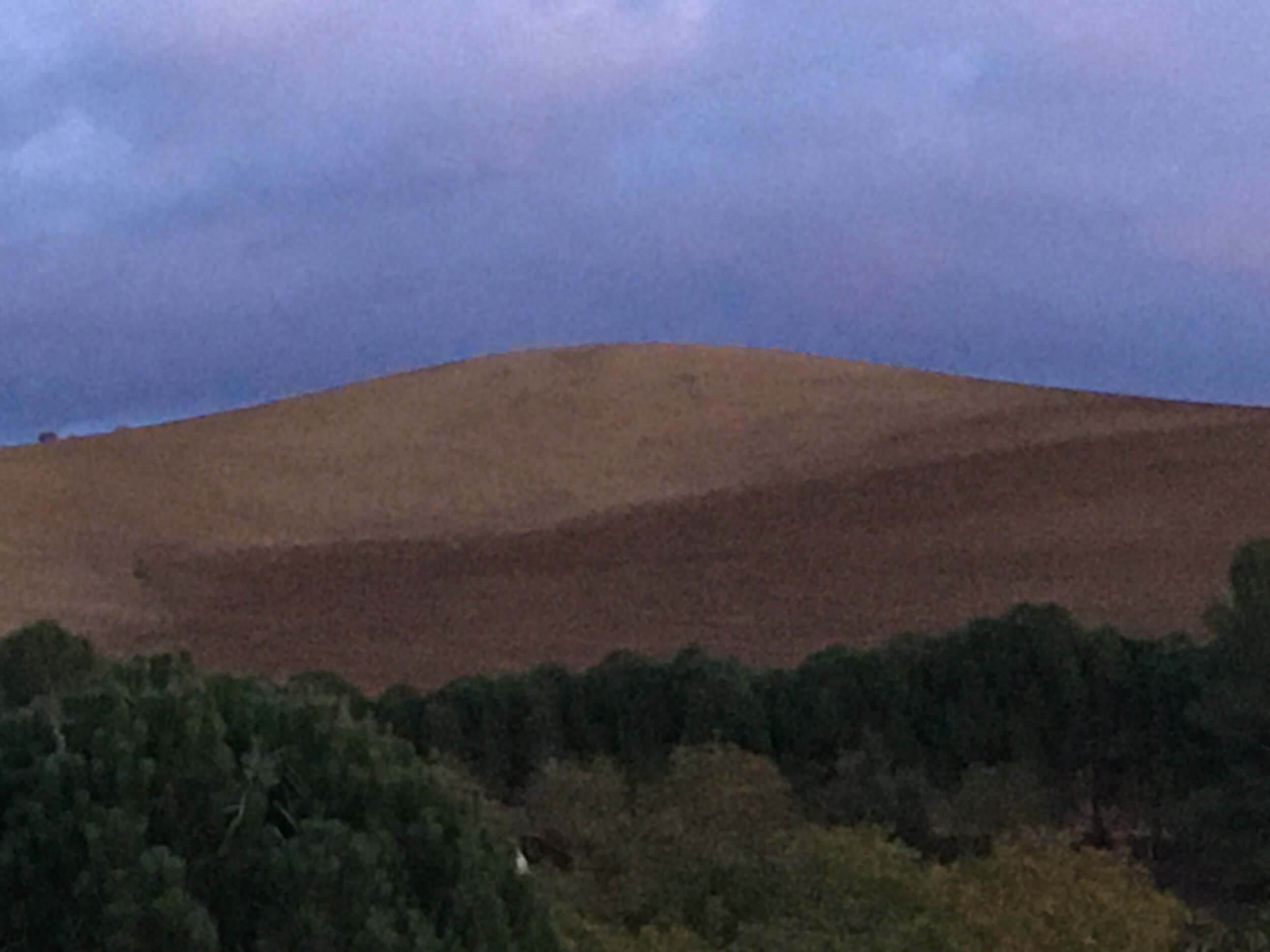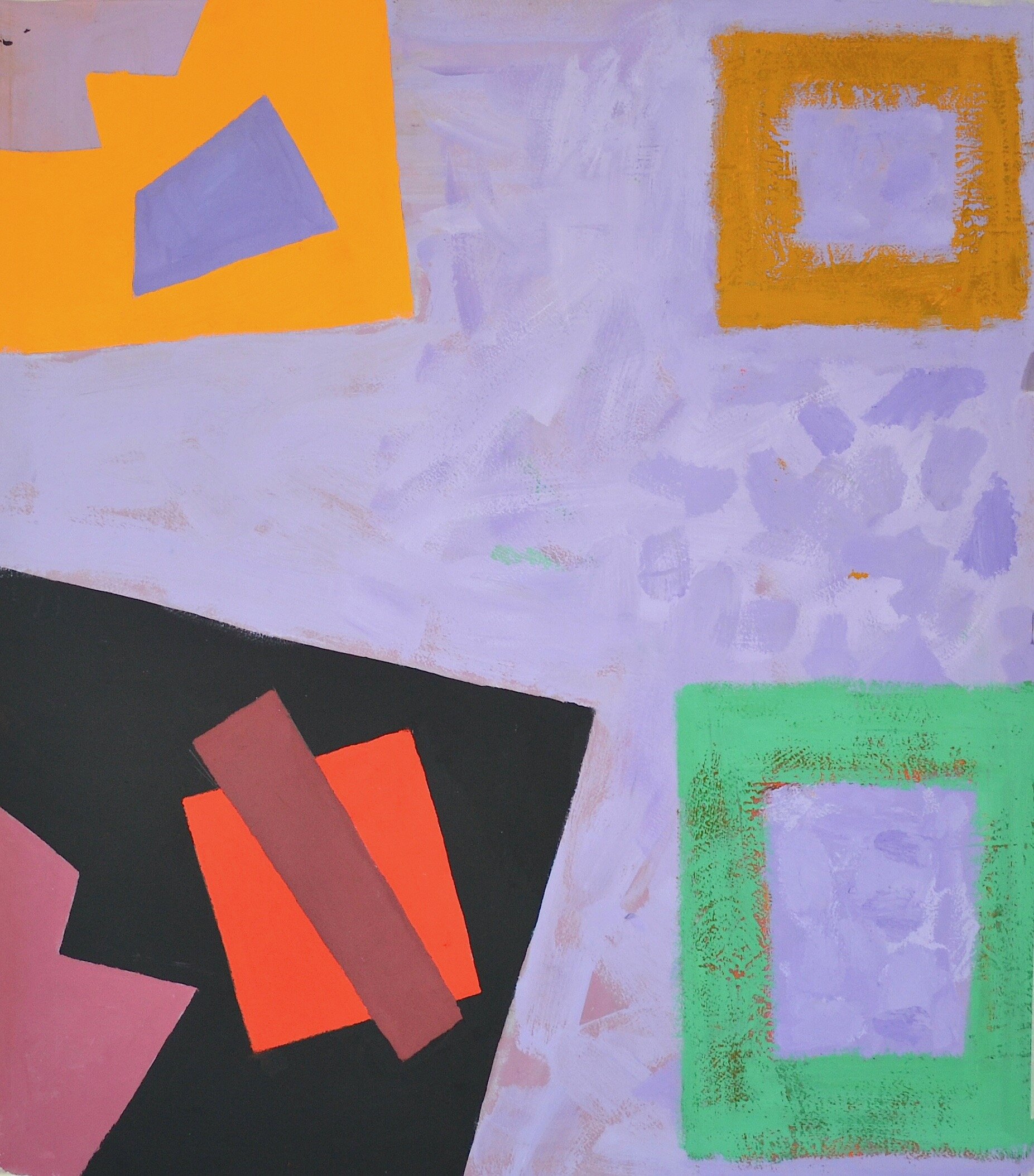Black March
Living in Andalusia for as long as I have, I always find the turn from summer to autumn to be a very noisy experience.
The shifts in light are so abrupt, almost pyrotechnic. Pockets of colour slice across the sky, burst out of the ground, then disappear as if they’d never happened. In the campo outside my home near Ronda, every day is like a fireworks display, dazzling and exhausting. Blink and you’ll miss something wonderful.




So last October, when I began this series, I was thinking about randomness, the music of chance, John Cage and especially Kenneth Martin. I remembered Ken’s Chance and Order series from the late ‘60s, when he wanted to make work that was, as he said ‘independent of my personality’.
Martin actually made a game of it. He measured a standard square, gridded it, and numbered each line where it met the edge. Then he sort of rolled the dice. Whatever number he drew corresponded to a line that evolved depending on his random sequence: thick, thin, here, there, whichever. Even he didn’t know. As he painted, he became his own viewer, and it was incredibly liberating.
I see vectors and geometry behind everything; it’s just part of how I make sense of the world. When I look at any landscape - especially the active, mercurial views around my home - I translate topography as discrete colours and forms, which alternately unite and disband in relation to ever-shifting vectors of light. Often these source paintings include collage, and sometimes, as certain forms dominate, collage overtakes pigment. They’re distillations - a map to explore aspects of my chosen theme or concept. When I started to develop the source paintings for Black March, I took notes and photos, made sketches and diagrams freely, openly, with the wide-angle scope that comes with working outdoors. But of course all of that changed last March.
Black March - Source Paintings: pigment; pigment and collage
When Spain entered lockdown, my focus narrowed to the view from my studio window, which, to be clear is still pretty wonderful. I’m not complaining.
But this did mean that as I developed studies from the source paintings, my focus necessary shifted. My sense of directional light and change became shortened, closer to home, and foreground details, pockets of space and texture, splashes of colour that I might have used as counterpoints in a more expansive reading, now became the whole point.
Black March - Vector Studies I-VII (left to right): pigment and collage
When I work in collage, I always begin with black, then I build my palette based on seasonal light, which in this case, is absolutely ultramarine violet. It’s a colour that almost always suggests spring, but in late winter-early spring, that actually is the colour of the local light. In late February-early March, the visible spectrum shifts so strongly to the left, it casts a clear, violet sheen over everything. It intensifies the colour of the soil. It makes the earth appear to come alive.
As March wore on, I developed the vector studies into more intensely coloured compositions, which I then showed to a friend. She wrote something about them, and suggested the title, Black March, based on the poem by Stevie Smith. Then she sent me a recent reading of it by Samuel West, who included it as part of his terrific Pandemic Poems project.
It’s May now, and the campo is exploding again with heat and poppies and underlying electricity as we enter a summer unlike any we’ve ever known.
I’ll stay indoors, working on Black March, shifting shapes, colours and surfaces, looking out my windows for facets of a limitless landscape I hope to meet again, one day soon.
















